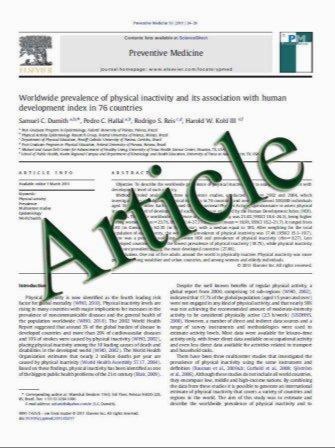Combined Src and ER blockade impairs human breast cancer proliferation in vitro and in vivo
- نوع فایل : کتاب
- زبان : انگلیسی
- مؤلف : Yi Chen Edwin A. Alvarez Diana Azzam Seth A. Wander Natalia Guggisberg Merce` Jorda` Zhenlin Ju Bryan T. Hennessy Joyce M. Slingerland
- چاپ و سال / کشور: 2010
Description
Antiestrogen therapies arrest susceptible estrogen receptor (ER)-positive breast cancers by increasing p27. Since Src phosphorylates p27 to promote p27 proteolysis, Src activation observed in up to 40% of ER-positive cancers may contribute to antiestrogen resistance. In this article, we show that treatment with the Src-inhibitor saracatinib (AZD0530) together with ER-blocking drugs increased breast cancer cell cycle arrest via p27. Saracatinib and fulvestrant together more effectively increased p27, reduced Ki67, and impaired MDA-MB-361 xenograft tumor growth in vivo than either of the drugs alone. In contrast, saracatinib monotherapy rapidly gave rise to drug resistance. Since combined ER and Src inhibition delays development of resistance in vivo, these data support further clinical investigation of saracatinib in combination with fulvestrant for women with ER-positive breast cancer. Proteomic analysis revealed striking bypass activation of the mTOR pathway in saracatinib-resistant tumors. mTORC1 activation also arose following long-term culture of ER-positive breast cancer lines in the presence of saracatinib. These data indicate the utility of proteomic analysis of drug-resistant tumors to identify potential means of drug resistance. The use of mTOR kinase inhibitors with saracatinib may subvert drug resistance and prove to be more effective than saracatinib alone.
Breast Cancer Res Treat (2011) 128:69–78 Received: 24 June 2010 / Accepted: 26 June 2010 / Published online: 29 July 2010 Springer Science+Business Media, LLC. 2010


